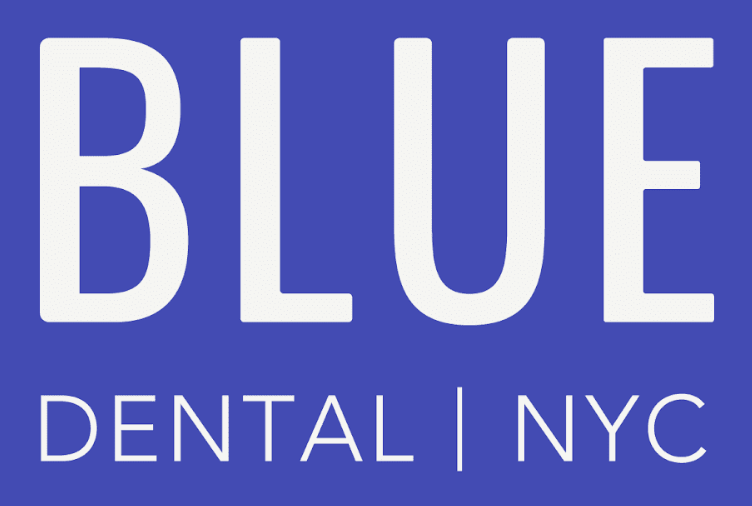Implant Removal
in Upper East, Manhattan
If a dental implant hurts, feels loose, or isn’t working with your bite or smile, removal may be the healthiest next step. At Blue Dental Clinic on the Upper East Side, we diagnose the why, remove the implant with bone-preserving techniques, and outline a step-by-step plan for what comes next—often including grafting and a timeline for a new restoration.
Why choose us
- Prosthodontic-led planning: We evaluate your bite, smile line, and final restoration goals before any procedure.
- Precision diagnostics: Focused exam, photos, and imaging (including CBCT when indicated) to understand bone, nerves, and sinuses.
- Gentle, bone-sparing removal: Atraumatic reverse-torque and microsurgical methods whenever possible; surgical trephine only when necessary.
- Future-focused: Socket preservation grafts and a clear path to replacement (new implant, bridge, or partial).
- Comfort & clarity: Local anesthesia, optional nitrous oxide, thorough aftercare, and insurance-friendly estimates.
When implant removal is recommended
- Mobility or pain from failed integration
- Peri-implantitis (bone loss/infection around the implant) not responding to therapy
- Fractured implant or components (post/fixture)
- Prosthetic complications that can’t be corrected (angulation/position problems)
- Anatomy issues (sinus/nerve proximity causing symptoms)
- Aesthetics/bite misfit where relocating the implant is the only predictable fix
Sometimes we can save a struggling implant with decontamination, bite adjustments, or component replacement. We’ll review all conservative options first.
Your evaluation
- History & symptoms: Onset, pain, prior surgeries, hygiene routine, grinding/clenching.
- Clinical exam: Soft tissues, implant stability, crown/abutment fit, occlusion (bite).
- Imaging: Periapical X-rays and/or CBCT 3D scan to map bone levels and anatomy.
- Plan: We discuss salvage vs. removal, need for bone grafting, and your replacement options with timelines and fees.
How implant removal works
- Atraumatic (reverse-torque) removal: Specialized drivers gently “unscrew” the implant, often preserving most surrounding bone.
- Minimally invasive osteotomy: If the fixture is well integrated or fractured, we use precision instruments (e.g., trephine/piezo) to free it with the least bone loss possible.
- Immediate socket management: Thorough debridement, possible bone graft + membrane to stabilize the site, and suturing for clean healing.
- Provisional solutions: A discreet temporary (e.g., flipper or Essex retainer) if the tooth is in the smile zone.
Comfort: You’ll be thoroughly numb; most patients feel pressure, not sharp pain. Nitrous is available.
Aftercare & recovery
- First 24–48 hours: Cold compresses on/off, keep head elevated, soft foods, no straws or smoking.
- Oral care: Gentle brushing; begin warm saltwater rinses after 24 hours (or prescribed rinse).
- Activity: Take it easy for a day or two; avoid heavy exercise initially.
- Follow-up: Suture check in ~1 week; we monitor healing and plan the next step.
Typical soreness lasts 2–3 days, improving steadily over the week.
Replacing the tooth: your options
- New implant (same-day or delayed):
- Immediate placement is possible in select cases with great primary stability and clean tissues.
- Delayed placement (often 8–12+ weeks) after graft healing is more common, especially with infection or bone loss.
- Implant-supported bridge or traditional bridge: Useful when anatomy or preferences make a new implant less ideal.
- Removable options: Aesthetic temporaries or partial dentures—short or long term.
We’ll recommend the most predictable path for your bite, smile line, and bone.
Risks & safeguards
All surgery carries some risk (bleeding, infection, temporary numbness, sinus communication, or neighboring tooth damage). Careful planning, sterile technique, and clear home care minimize complications.
Cost & insurance
Fees depend on case complexity (simple vs. surgical removal), grafting/membranes, imaging, and provisional options. Many PPO plans contribute to portions of medically necessary care. We’re insurance-friendly—we verify benefits in advance, provide a transparent written estimate, and submit claims on your behalf. Flexible payment options are available.
FAQs
Will removal hurt?
You’ll be numb throughout. Expect pressure, not pain. Post-op soreness is usually mild and manageable with recommended medication.
Do I need a bone graft after removal?
Often, yes—especially if there’s infection or bone loss. A graft helps preserve ridge shape and supports future implant success.
How soon can I get a new implant?
Best timing depends on infection, bone quality, and stability. Many sites are ready at
8–12 weeks; some need longer or staged grafting.
Can you remove a broken screw without removing the implant?
Frequently. If the
abutment screw is fractured, we may retrieve/replace it and keep the implant—removal is only for non-salvageable fixtures.
What if my implant is in the wrong position?
If prosthetic corrections can’t fix esthetics or function, relocating with a new, properly planned implant is usually the most predictable solution.
Will I be left with a visible gap?
We can provide a discreet
temporary tooth the same day (e.g., flipper/Essix) while you heal.
Ready for answers—and a clear plan?
Book an implant evaluation at our Upper East Side office. We’ll identify what went wrong, remove the implant gently if needed, and map the most predictable path to a healthy, natural-looking replacement.
